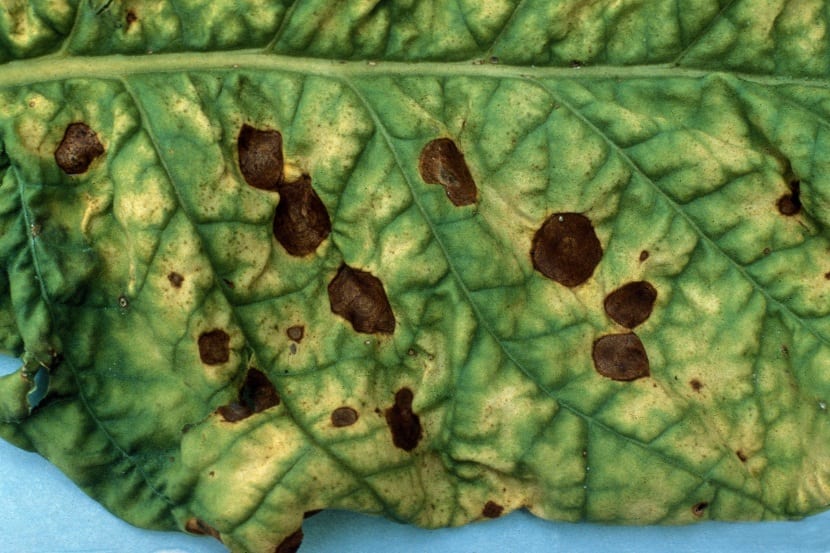
One of the diseases that usually attack crops and ornamental plants in the garden is the alternariasis. It is also known by other common names such as negrón or alternaria. It is a disease based on the attack by fungi of the genus Alternaria. It usually affects, among other plants, the tomato crop quite frequently, in aubergines and potatoes. For this reason, it is a very interesting disease to know and to know how to treat, since it appears when the culture is advanced and is usually confused with some of the signs of their maturation.
In this post we are going to explain how you should identify alternariosis in your crops, how to prevent it and what you should do to treat it.
Key features
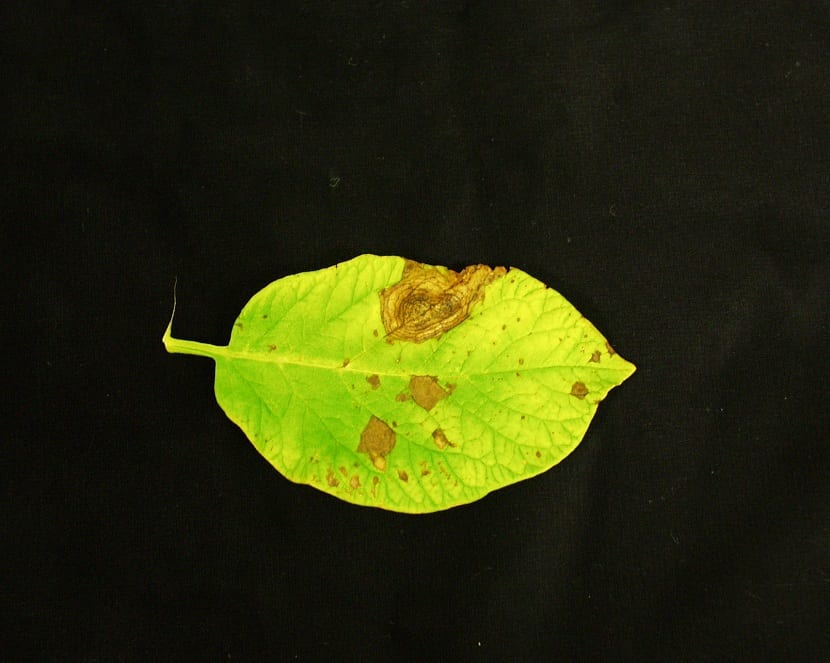
The first thing is to know what this disease is and how it works. The negrón is favored by periods when the humidity is higher and in which there is drought. These conditions have to occur, in turn, with temperatures above 20 degrees. This fungus, the protagonist of alternariosis, has spread throughout the world, although it was given little importance in ancient times. Since the main symptoms were associated with the senescence of the plant, it was not given too much importance and it was not considered a disease.
However, today there is much more knowledge about it and damage is known to occur. For this reason, it is attentive and given the importance it requires. It is a group of fungi that does not have a sexual cycle. Its multiplication is merely vegetative through micelle formations that fill with conidia. These mushrooms, if you look closely at them, they look like a black felt tapestry.
It causes disease in many plants, both annual and perennial. Its control is usually done from chemical fungicides to avoid damage to crops.
Symptoms of alternariosis
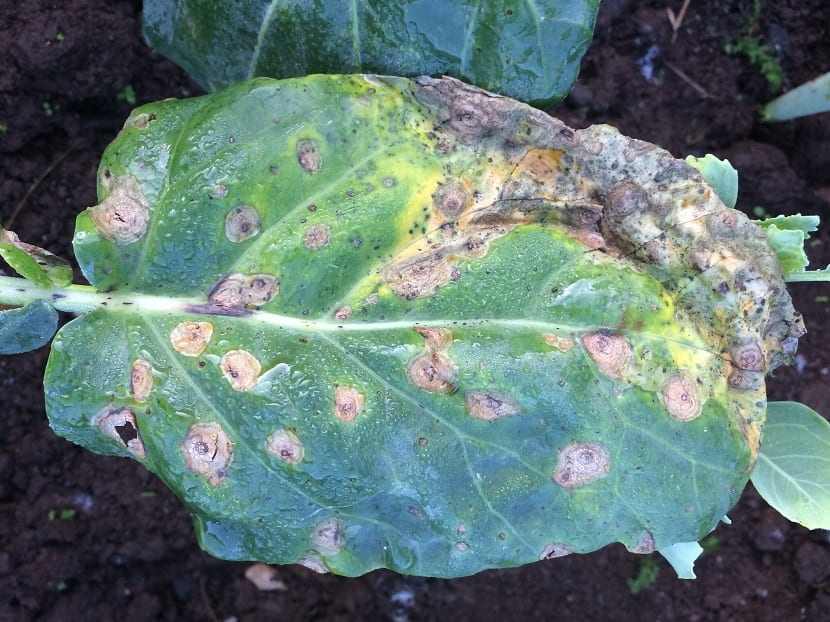
To recognize if your crop has signs of maturity or is this disease, we are going to list the main symptoms of how you should recognize it first. The most important thing is to see the parts where the symptoms are most intense. We can find several:
- Symptoms on the leaves. When the symptoms are seen on the leaves of our crop, we can identify them by seeing concentric brownish spots. Normally, it affects the oldest leaves. Therefore, it is often thought that it is a matter of the maturity of the leaves and the passage of time. If conditions are favorable for them, the spots will gradually spread throughout the plant. When these circular spots increase and spread throughout the plant, they reach the main nervous areas of the leaf. In most leaves, they grow around flowering and increase as the entire plant matures. They get to the point of coming together and creating a deterioration that causes the death of the entire plant.
- Symptoms in tubers. When alternariosis attacks the tubers, we see that it generates different dark-colored superficial lesions. These lesions sink unevenly and have tan edges. They do not rot the tuber, but they deteriorate the appearance completely.
- Development of the disease. To recognize the symptoms when the disease is developing, we have to analyze whether the conditions most conducive to them are occurring. They easily survive on crop stubble and bind to plant moisture. When there is humidity and temperatures above 20-25 degrees or higher, the disease spreads more. The same when there is a storm or morning sprinkler hazards.
How to prevent it
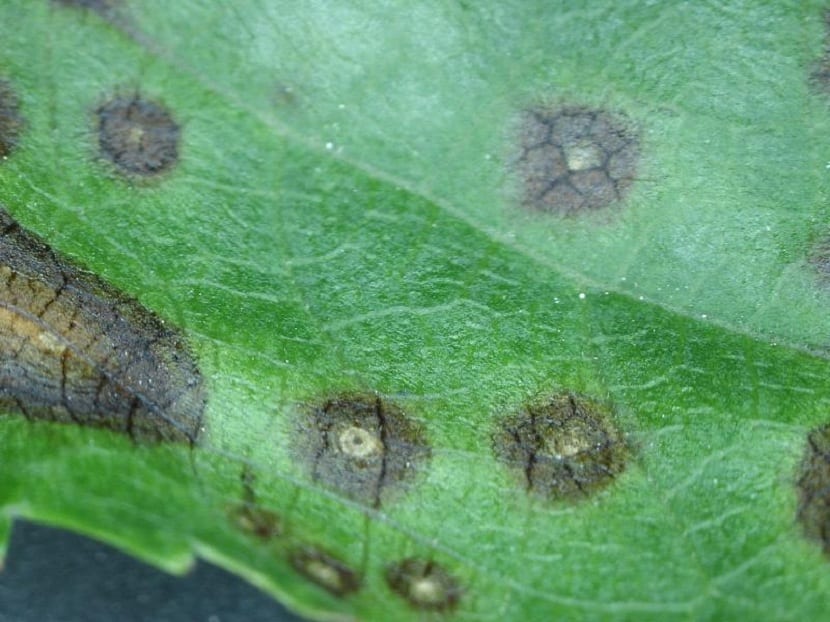
Seeing the effects they can have on our crops, we want to stop it as soon as possible. The best method to treat it, as with other fungal diseases, is prevention. Prevention is the best thing to do on many occasions. Namely, not giving them the ideal conditions so that they can grow and do their own thing. We are going to tell you how:
- When you have vegetable scraps after harvesting the crops, it is best to remove them to prevent moisture from accumulating.
- There are tuber seeds that are guaranteed to be in good health.
- Don't pick the tubers ahead of time. Better let them ripen properly. In this way, we avoid damage during the harvest.
- Crop rotation is one of the best options to avoid alternariosis. In addition, we will keep the vegetation healthy and we will be able to provide sufficient nutrients to the crops while letting the soil "rest".
Treatment of alternariosis
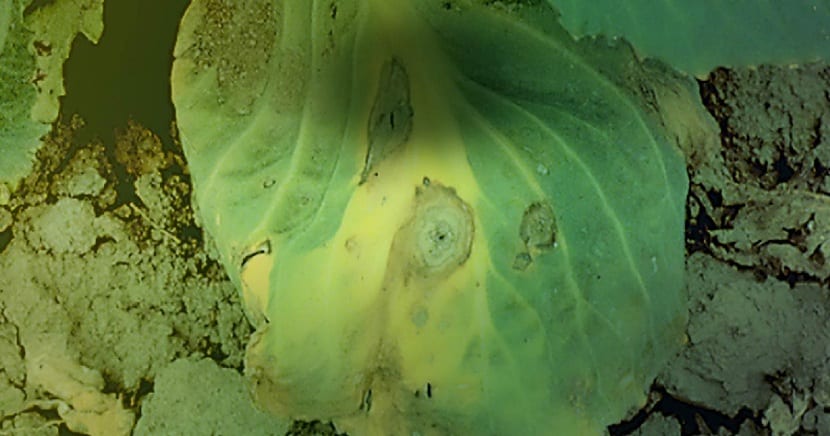
Plants that are not well fed and poorly cared for will have a greater tendency to suffer from this disease. Every 10-15 days it is advisable to apply fungicides to prevent its appearance or to treat it once it has appeared. These fungicides can be the Maneb, the Zineb, the Mancozeb, the Benzimidazoles, among others. Copper oxychloride every 15 days is certified to be one of the best treatments.
Although there are varieties of tomato and other crops that are more resistant, there are none that are capable of fully resisting. Therefore, the most effective method is use preventive fungicides such as Chlorothalonil, Mancozed and Strobilurin. They should also take into account the above recommendations for prevention. Surely with all this, they manage to prevent the negrón from attacking your crops.
Vigilance is another important factor to consider. If you have a sprinkler irrigation, it is normal for the humidity to increase and give the fungi the ideal conditions so that they can develop more easily. Therefore, it is important to monitor them every one or two weeks to make sure they are not proliferating. Check the leaves well on both the top and the underside to see if they are developing. If they start to come out, it is better to start treating them and, from that moment on, water earlier so plants can air well. Use seeds that are healthy, increase the amount of organic matter in the soil and do not forget that nematodes must also be controlled.
I hope that with this information you can learn more about alternariosis and its treatment.
Where can you buy these fungicides?
Hello Antonio.
In any nursery or garden store, also on online sites such as ebay or amazon
Regards!